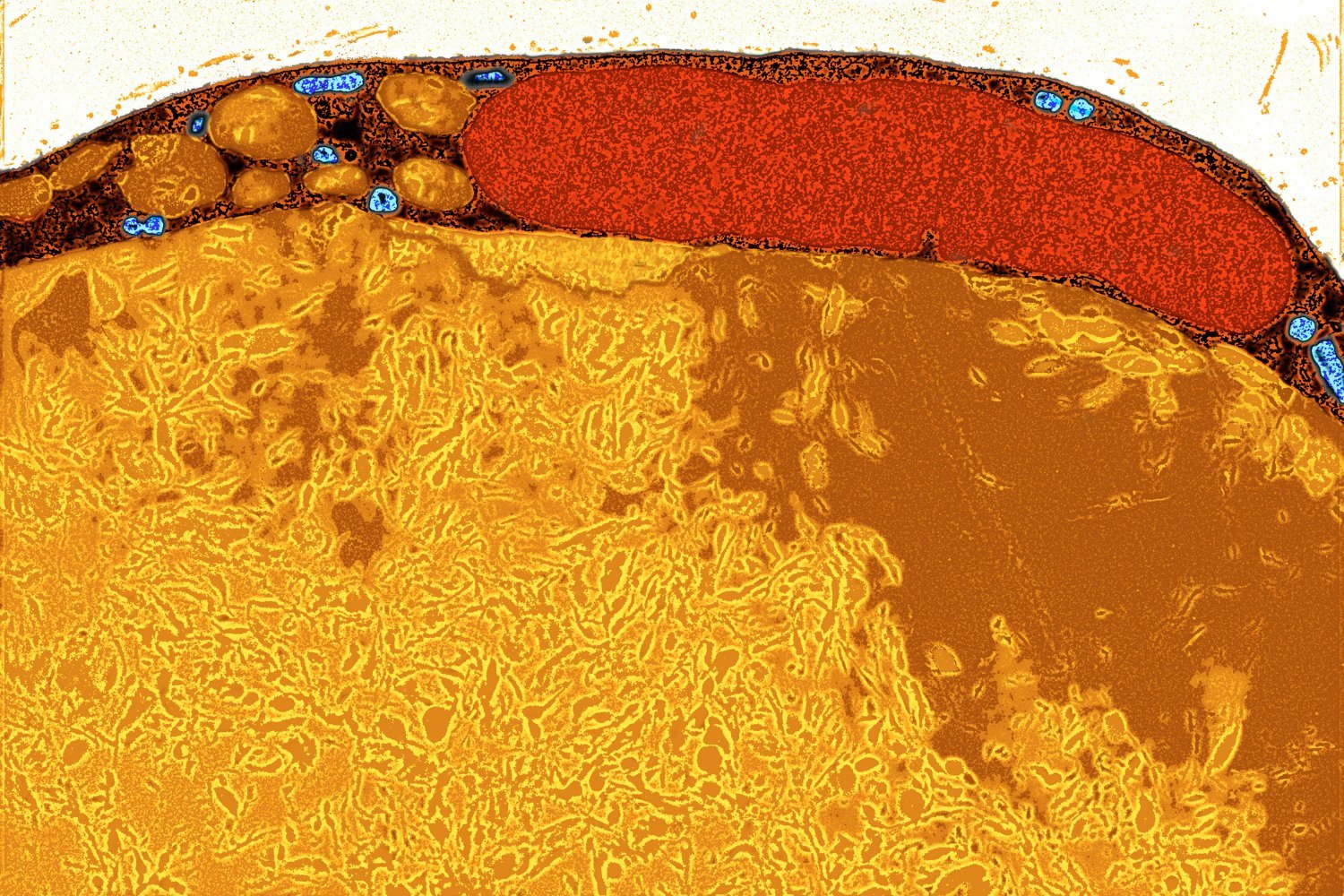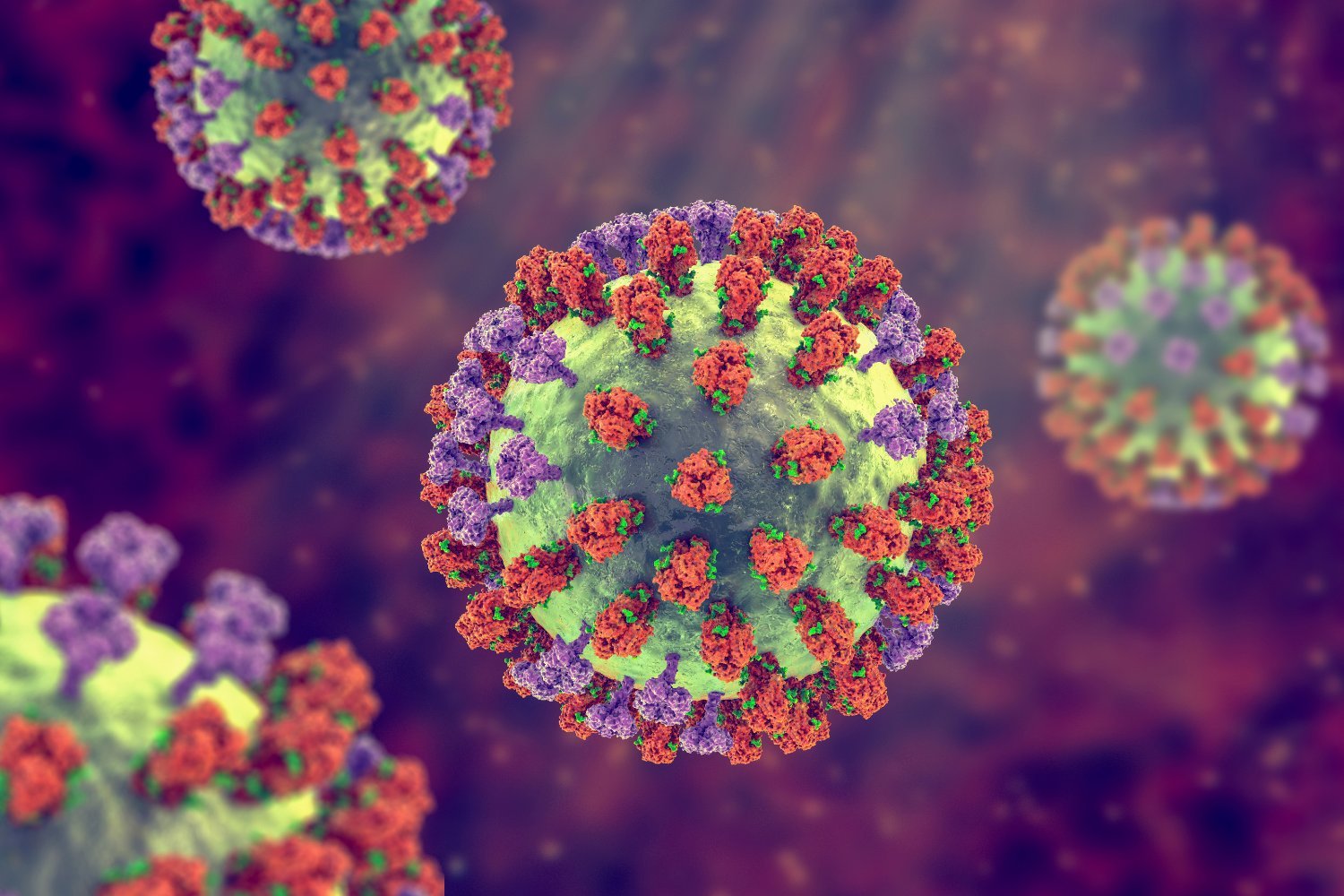In the nascent days of the second Trump administration, a directive to halt public communication from the Department of Health and Human Services (HHS) sparked uncertainty among biomedical researchers. This directive effectively froze key operations at several federal agencies, including the National Institutes of Health (NIH), impacting crucial aspects of scientific and medical advancement. These included hiring freezes, travel restrictions, and a pause on publishing regulations and guidance documents. Critically, the directive also suspended the grant review panels responsible for determining research funding allocations.
This disruption had immediate consequences. NIH staff reported difficulties in conducting studies, recruiting patients for clinical trials, and submitting research findings to journals. Job offers were rescinded, and the entire research ecosystem experienced a significant slowdown. While short communication freezes during administrative transitions are not unprecedented, the duration and potential impact of this particular freeze highlighted the federal government’s critical role in supporting biomedical research. It also brought the intricate grant review and award process into sharp focus.
The NIH Peer Review Process
Central to the NIH’s mission is a transparent peer review process. Study sections, composed of scientists and experts, meticulously evaluate grant applications for scientific merit and technical rigor. These sections operate under the Center for Scientific Review (CSR), the gateway for all NIH grant proposals.
Study sections typically comprise numerous reviewers selected for their expertise and screened for conflicts of interest. These reviewers, a mix of permanent and temporary members, analyze applications based on specific criteria, including research significance, investigator qualifications, study design, and research environment. Each criterion is scored, culminating in an overall impact score. Top-scoring applications proceed to discussions and final ranking.
The NIH continuously refines its review process. For instance, a 2024 proposal introduced an updated scoring system for submissions from January 25, 2025, onwards. This system integrates investigator and environment considerations into the overall impact score, enhancing the focus on scientific quality and potential impact.
From Review to Funding Award
Post-review, applications move to NIH funding institutes and centers, like the National Institute of Allergy and Infectious Diseases (NIAID) and the National Cancer Institute (NCI). Program officials assess alignment with institute priorities and budgets.
Advisory councils, comprising scientists, clinicians, and public representatives, conduct a secondary review. While study section scores and comments typically hold significant weight, public health needs, policy directives, and research area representation are also considered. These factors can shift with changing administrative priorities.
Grant awards are usually announced months after review, but administrative freezes or budget uncertainties can cause delays. In 2024, approximately $40 billion funded biomedical research, primarily through 50,000 competitive grants to over 300,000 researchers across various U.S. institutions. Securing NIH funding is highly competitive, with an average success rate of one in five applications.
Impact of the Administrative Freeze
The Trump administration’s freeze disrupted the grant review process, postponing study section meetings and delaying application processing. Research groups reliant on NIH funding faced potential cash flow issues, necessitating scaled-back activities or staff reassignments.
The freeze underscored the vulnerability of the research funding pipeline and the ripple effects of administrative uncertainty. Early-career scientists, particularly reliant on timely grant awards, faced heightened vulnerability, raising concerns about the biomedical research workforce’s long-term sustainability.
While the initial freeze was temporary, lifting on February 1, 2025, it served as a stark reminder of the need for stable and predictable funding mechanisms. Protecting the NIH’s mission from political and administrative turbulence is essential to ensure the continued pursuit of scientific innovation and public health advancement.
![]() The Conversation
The Conversation











